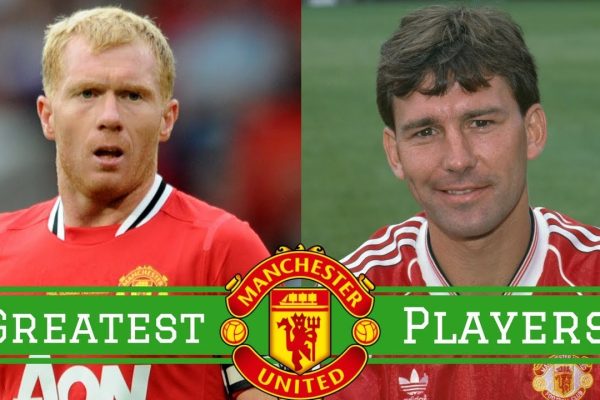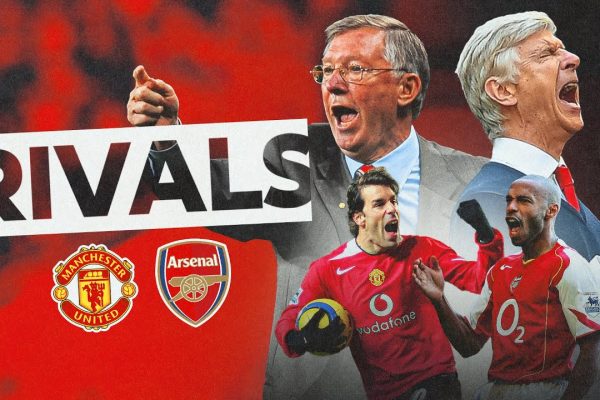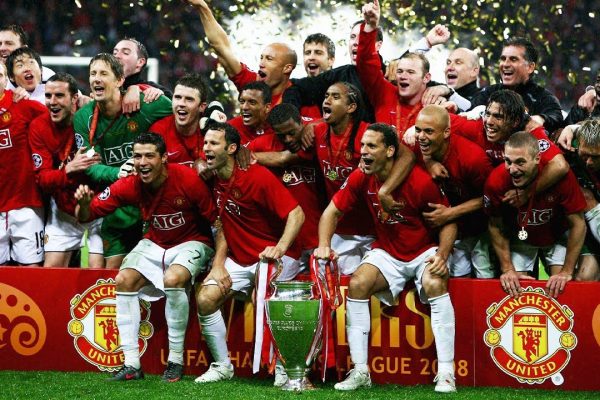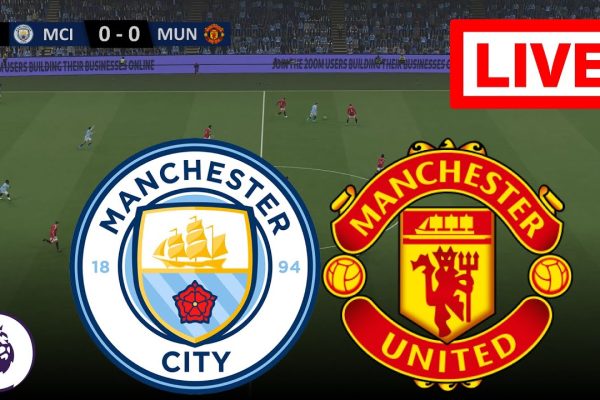
Top 10 Most Insane MrBeast Challenges of 2024
MrBeast, also known as Jimmy Donaldson, has consistently pushed the boundaries of creativity and entertainment on YouTube. In 2024, he continued this trend by delivering some of his most ambitious and captivating challenges to date. Here’s a look at the top 10 MrBeast challenges that took the internet by storm in 2024: 10. Transforming a…









